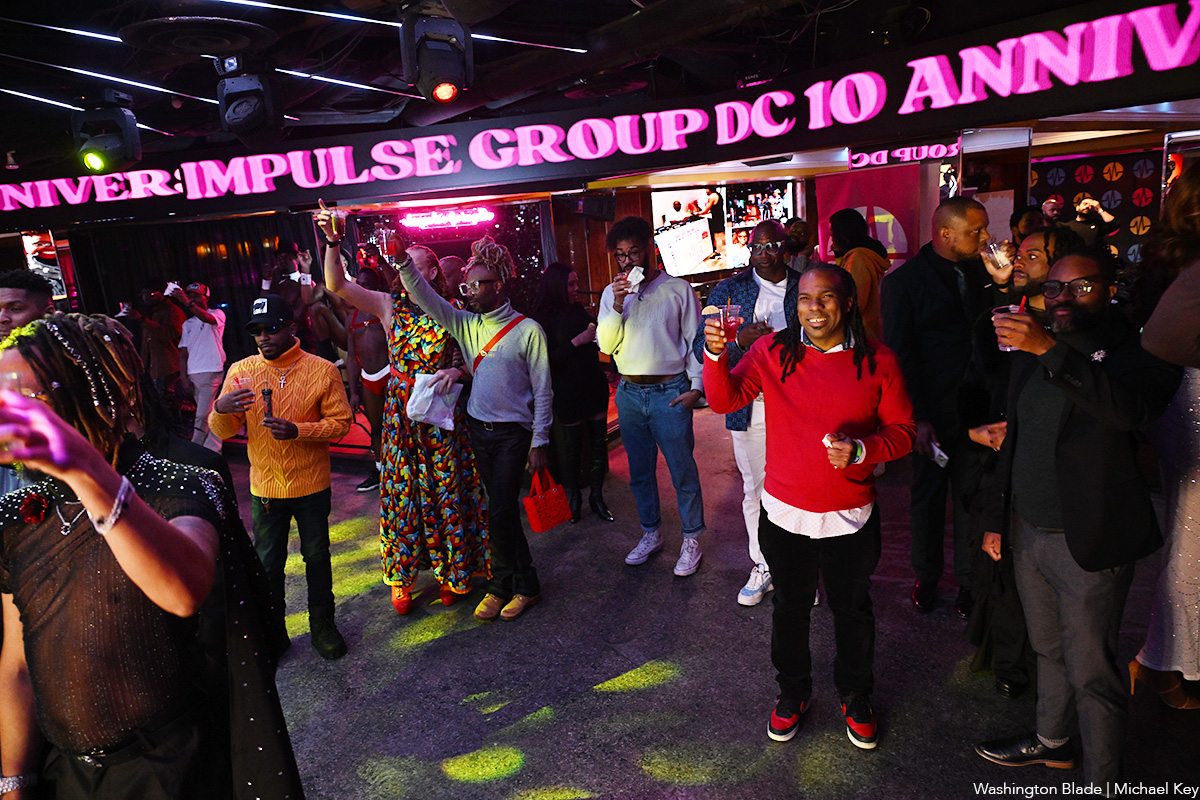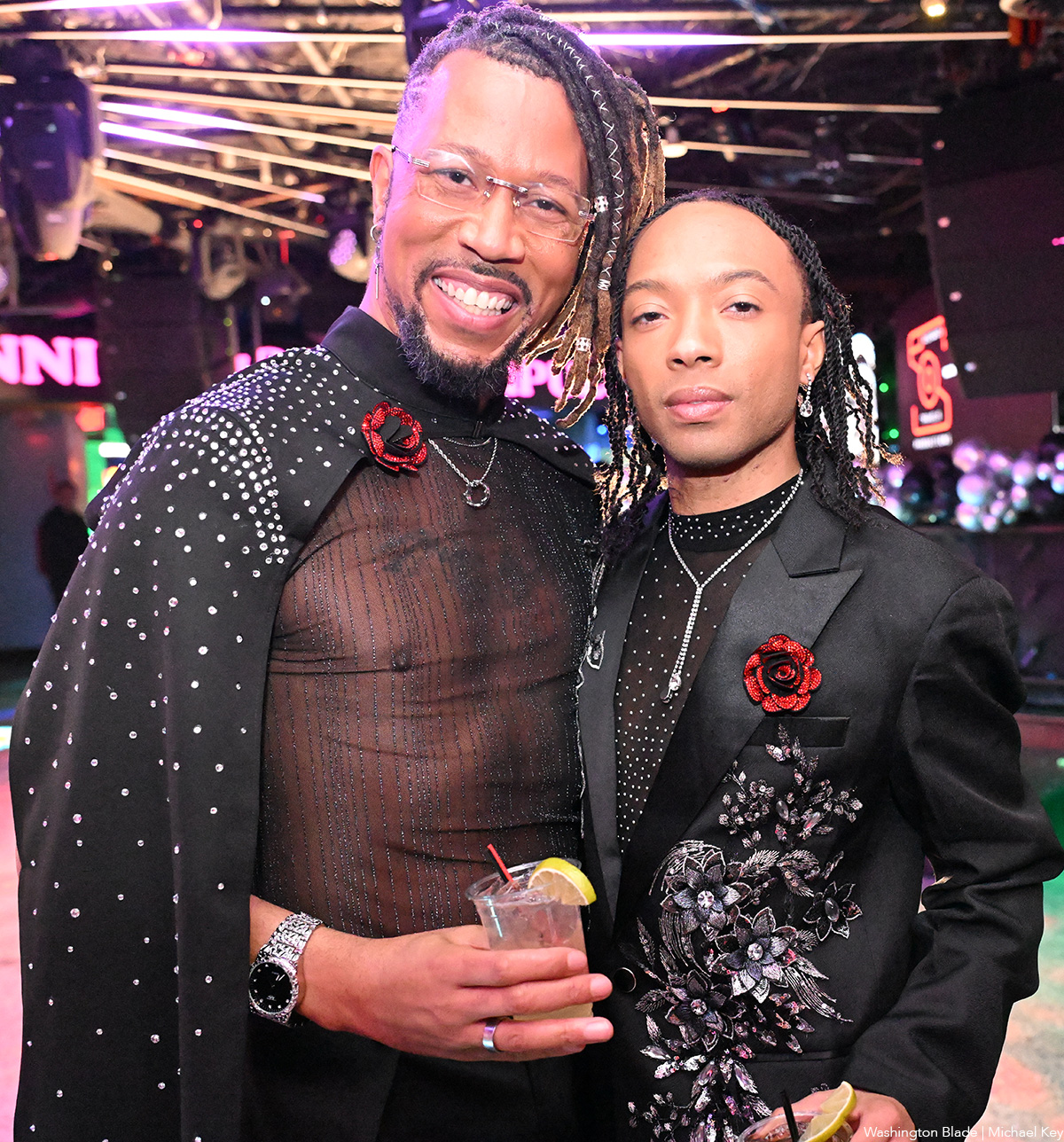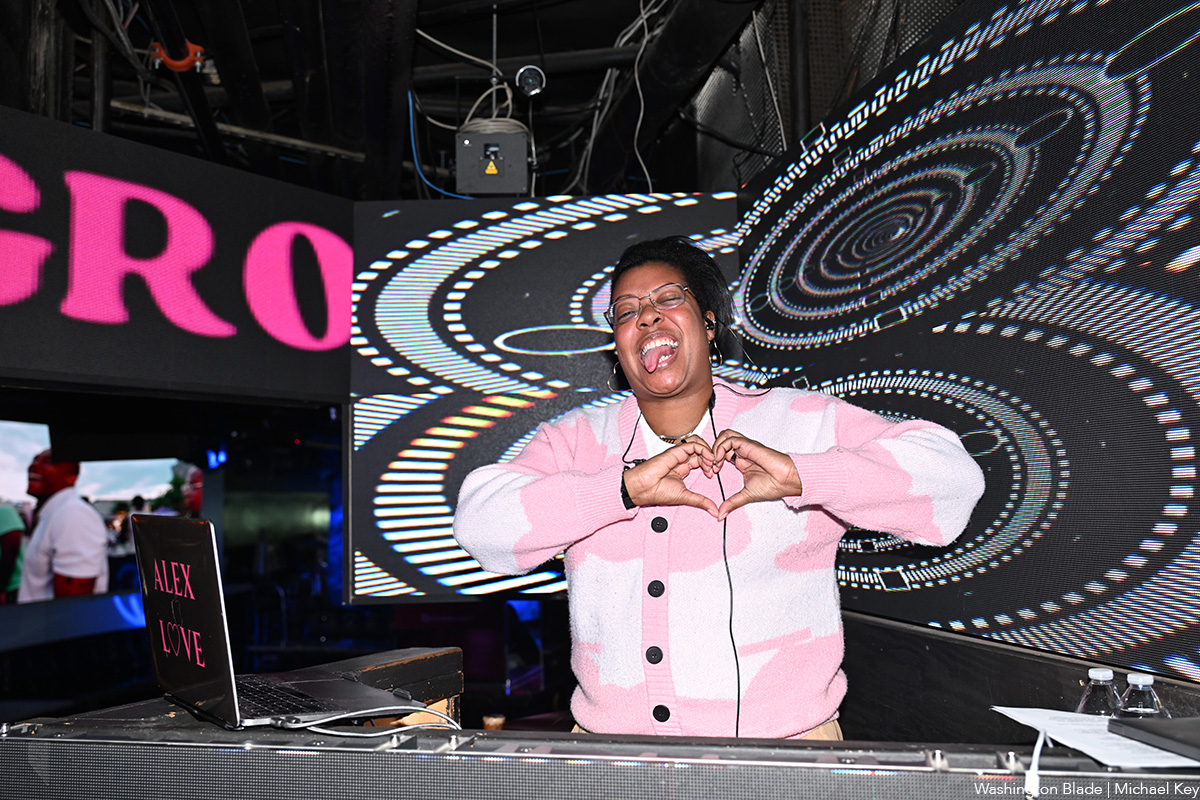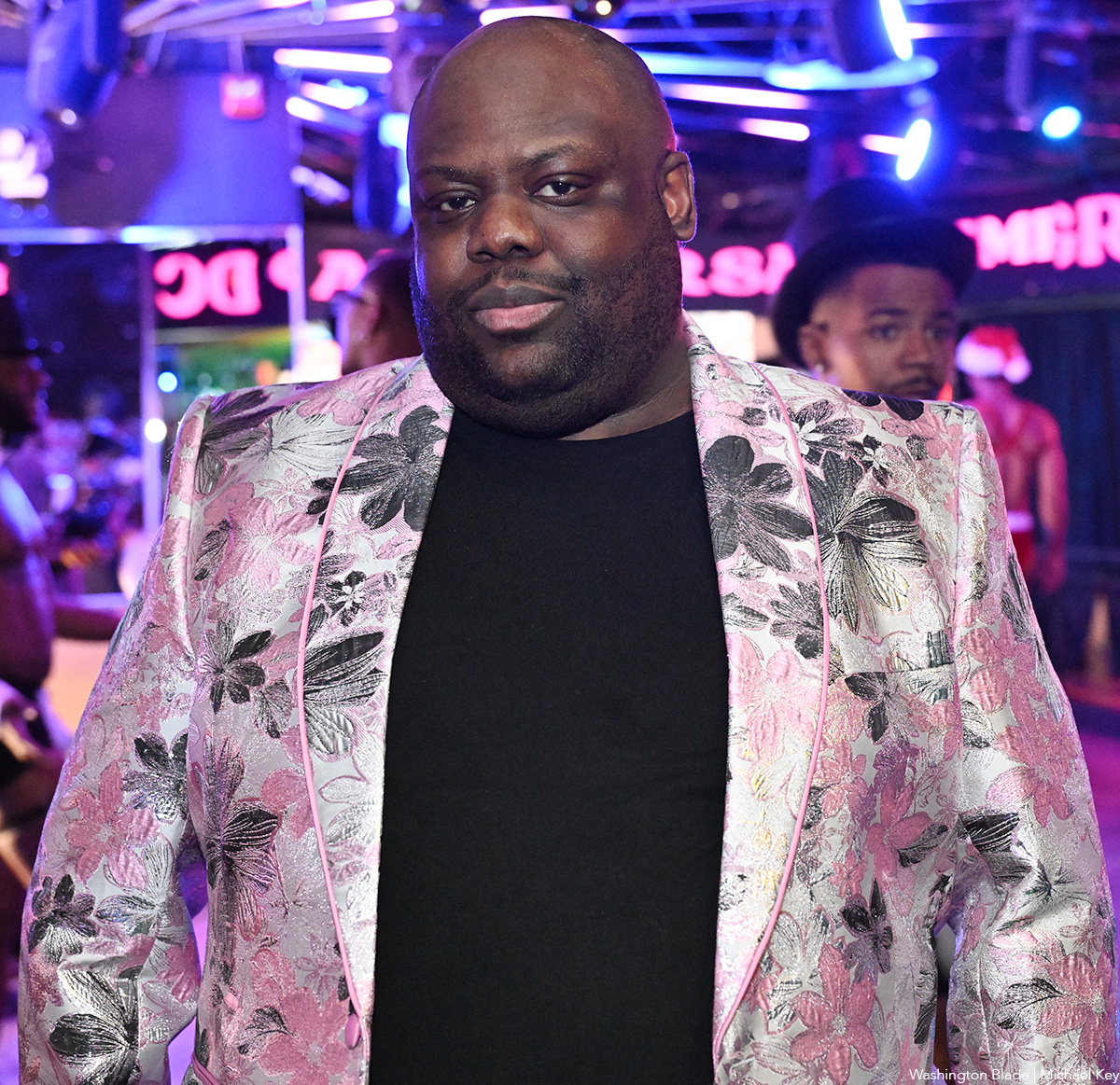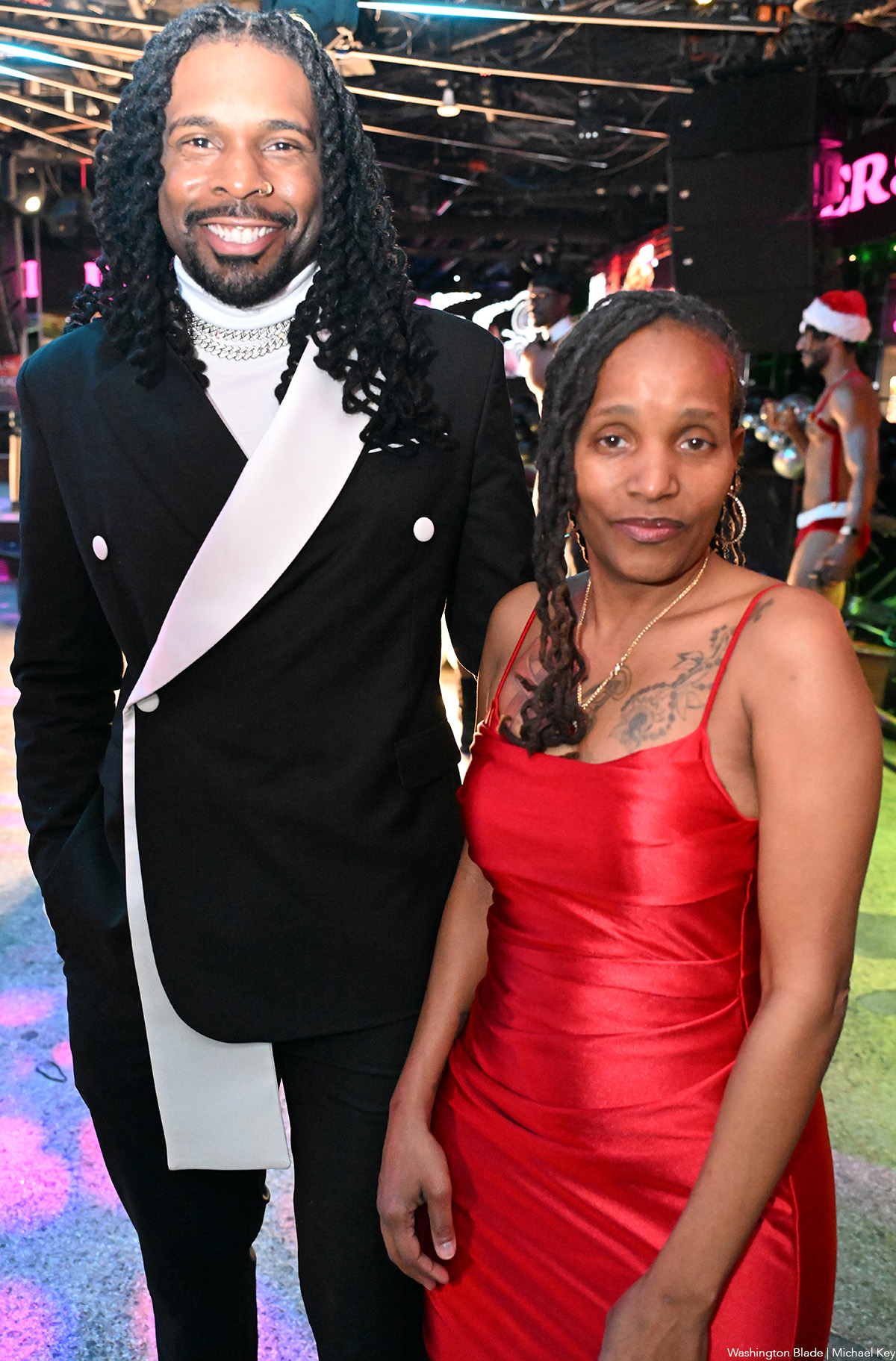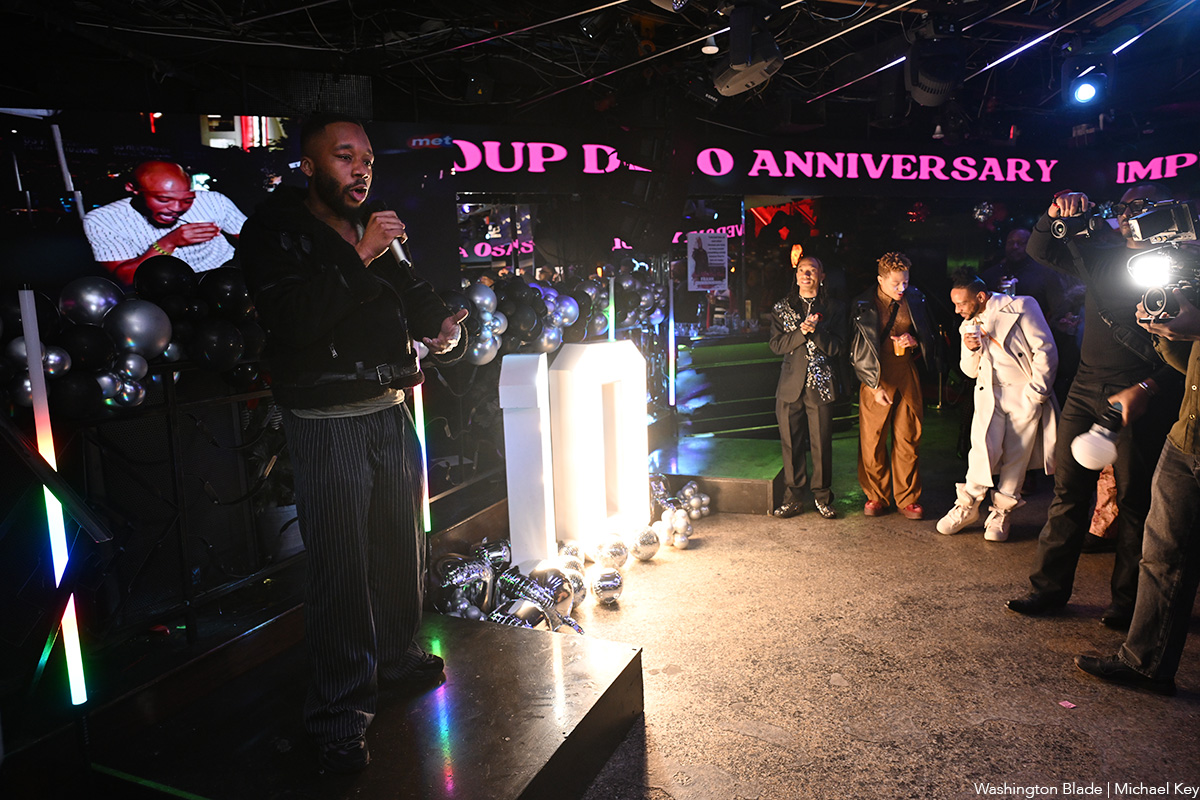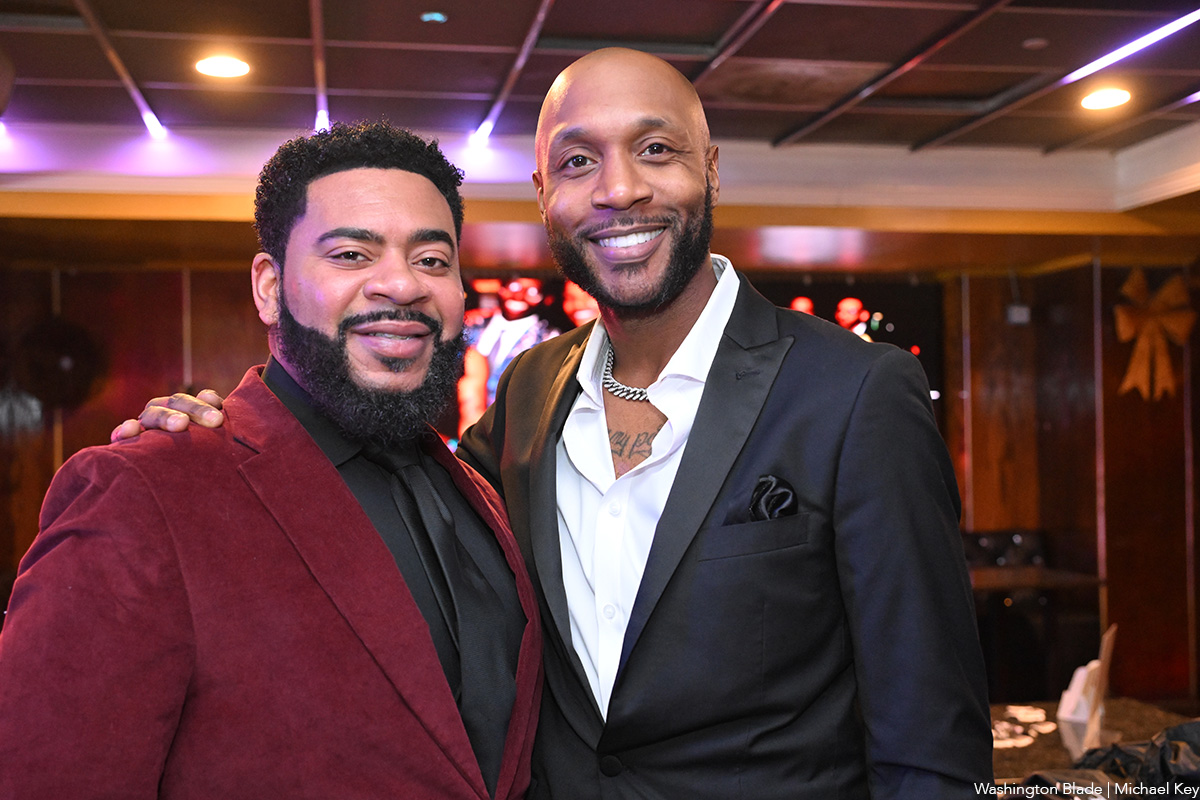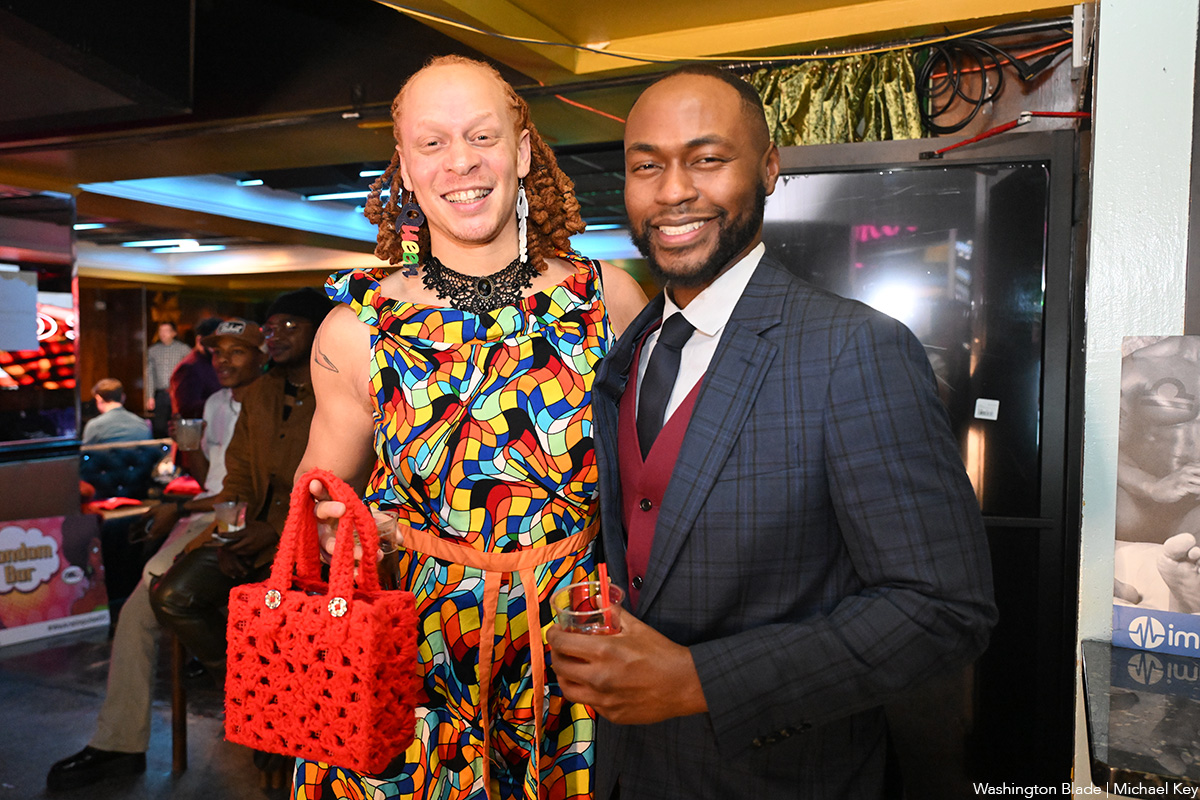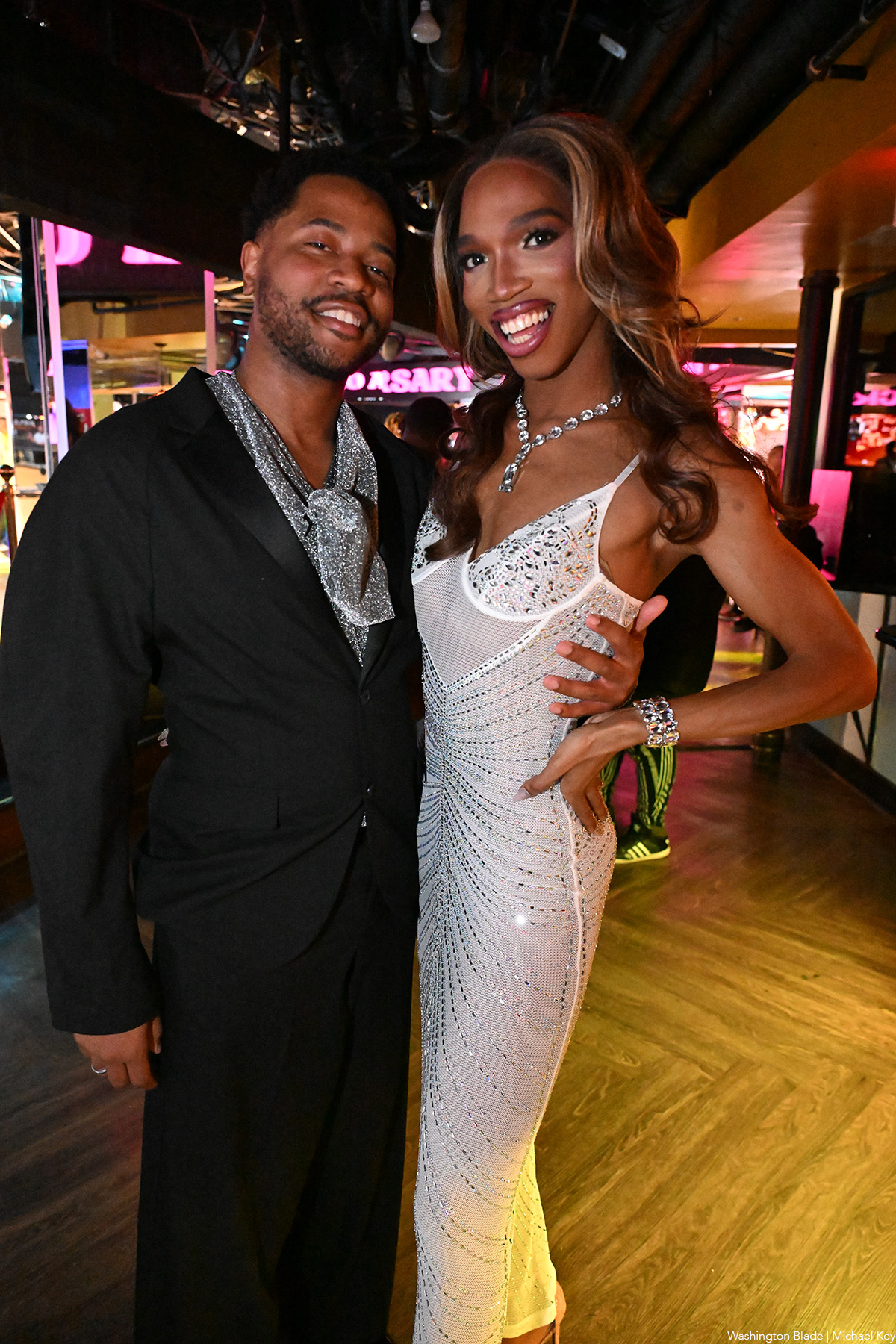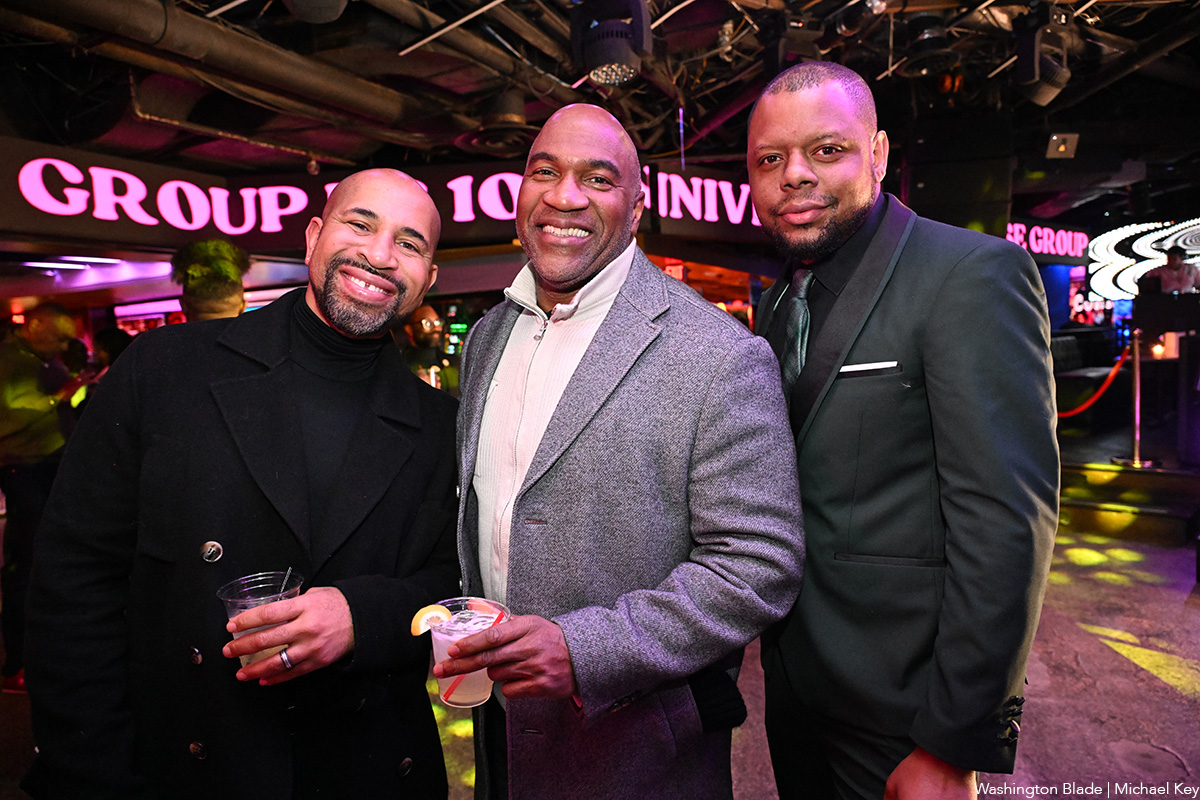Arts & Entertainment
From Broadway to Hollywood
‘Double Life’ memoir recounts 50-year love story of artist and TV mogul
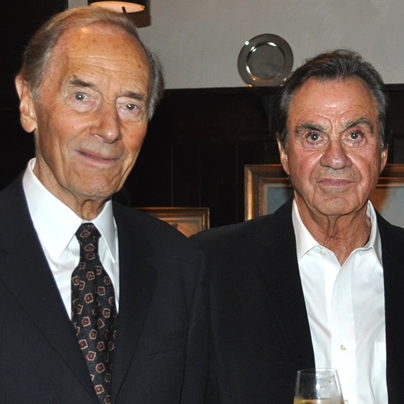
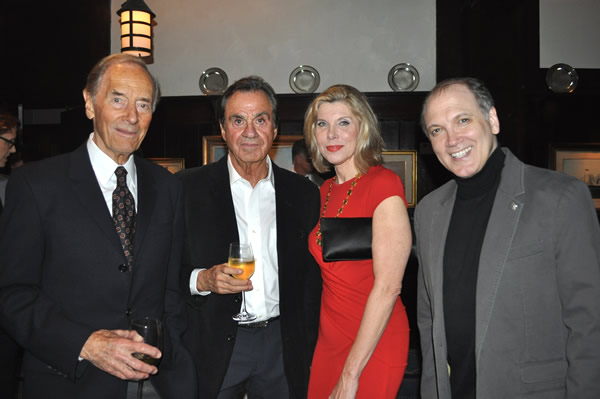
From left, Alan Shayne and Norman Sunshine with Christine Baranski and Charles Busch at a launch party for their book in November. They’ll be in Washington this week for a similar event. (Photo courtesy Scott Manning & Associates)
Careers in the arts are never easy, but for every Sinatra, Hepburn or Garland there are hundreds, perhaps thousands, of actors, singers and behind-the-scenes moguls and designers who manage long, successful careers in New York or Hollywood without becoming household names.
Alan Shayne and Norman Sunshine are two such figures. Shayne is a former actor-turned-casting agent-turned TV mogul who nurtured hit ‘70s shows like “Dukes of Hazzard” and “Alice” to the airwaves during his 10 years as president of Warner Brothers Television. Sunshine, his partner of 50 years, is a painter and sculptor who made ads for Blackglama Minks (“What becomes a legend most?”) and Danskins (“Danskins are not just for dancing”) famous between stints of having his own exhibitions and commercial projects. After decades of navigating the thick jungles and uphill battles of the art world and entertainment industry, one wonders their thoughts on the ways of those worlds: with tenacity, does the cream inevitably rise or have we missed geniuses along the way?
They say it’s gotten tougher to “make it” over time.
“I think the thing I’ve observed in the fine arts is the phenomenon of money coming into play more and more in which careers are measured by the amount of money that can be made off of it,” Sunshine says. “All these art fairs are really about money, the dealers and collectors being able to make money off of it. It’s different. I don’t know how one quite survives that … there’s a horrendous fickleness now on a scale we’ve not seen before.”
Shayne, who gave up acting because casting seemed more stable and practical, agrees.
“It’s a really tough road to hoe,” he says. “In my day, I could go to New York and live and rent a room for $5 a week and make it work. Now you can’t possibly do that. I don’t know how the young actors and young artists do it today. Yes, the Meryl Streeps and the Dustin Hoffmans and the Robert De Niros are going to succeed but I worry about some of the little people who are also very talented.”
In November, the two had their joint autobiography published by Magnus Books — “Double Life: a Love Story from Broadway to Hollywood.” They’ll be in Washington Monday for a private reception for the book.
And even though the book is drawing raves — Joan Rivers called it “beautifully written” and “filled with humor” and legendary critic Rex Reed called it a “riveting” book by “two extraordinary men” — Shayne and Sunshine, who worked on it for about three years, say getting it published was not easy.
“We got the most glowing rejection letters you could imagine from the leading publishing houses,” Shayne says.
He says it was worth the effort to get the book in print to show that long-term gay relationships are possible.
“We’d been terribly disturbed by the suicides,” Shayne says. “Time magazine did a story where they talked to young gays in their 20s who didn’t believe any [gay] relationship could last past 10 years. People have told us we’re a rather inspirational couple so we decided to tell our story.”
“There had always been this thinking that, ‘Oh God, it’s a terrible life,’” Sunshine says. “We wanted to kind of deal with that issue and let people know we’re not always in feathers or this and that. We’re like you. We have the same loves, desires and careers. We felt we had a responsibility to tell that story.”
And it is quite a story. With fun anecdotes of the famous paths with whom they’ve crossed — Lena Horne, Laurence Olivier, Marlon Brando, David Susskind, Helen Hayes, George Cukor, Katharine Hepburn, Norman Lear, Bette Davis, Rock Hudson and more make memorable appearances — the book is delightfully shameless in its name dropping.
Just as vivid, though, are lengthy passages where the two write evocatively of what it was like to be gay in the ‘50s and ‘60s, to what degree they were able to be out (if at all) and how their relationship evolved over the decades. Shorn of any Jackson-Paris-type false idealism — they make it clear it wasn’t always a bed of roses — their experiences come vividly to life.
“We felt we had to be totally honest for the book to work,” Shayne says. “We found out things about each other we didn’t know but we felt if we weren’t totally honest about it, what would be the point? Otherwise it would be so goody-goody you couldn’t stand it. But we got through it and that’s really the story of our relationship. We ended up supporting each other.”
“A lot of people have identified very strongly with the book,” Sunshine says. “It gives them insight into the time period and the history of the gay situation vis-à-vis us.”
During a lengthy phone chat from their home in Palm Beach, Fla., the two — on a joint call — happily elaborate on topics touched on in the book.
Though they still drink, it’s mostly just wine these days —they’ve traded in the Rob Roys they drank copiously for years for California chardonnay.
They attribute their long careers to their mutual abilities to adapt. Some opportunities came out of nowhere — like the Tiffany display that helped launch Sunshine’s impressive art career — while others were built piece by piece through painstaking work like the cards Shayne kept on each actor he saw so he’d have a bounty of suggestions to directors casting various projects.
Their various country houses — in Pennsylvania, Connecticut and more — have helped them grow together, they say.
“In the ‘50s, when you couldn’t really be openly gay, our homes became terribly important to us and we were happiest when we were there by ourselves,” Shayne says.
He also says the popular notion that CBS didn’t care about “Alice” spin-off “Flo,” an eponymous sitcom for Polly Holliday’s sassy character, isn’t true. It was not a victim, he says, of the network carelessly changing the show’s time slot repeatedly in those pre-VCR or TiVo days. Shayne says he worked hard to make “Flo” fly just as he’d done with “Alice” in its rocky first season but ultimately the audience wasn’t buying the character in a world outside Mel’s Diner.
But how did “Alice” succeed another five seasons without its most popular character while “Flo” failed?
“I love Polly and at the time, it seemed like a good idea to bring Diane (Ladd — who’d played Flo in the film) back (to ‘Alice’),” Shayne says. “We really had hoped ‘Flo’ would be a big success and believe me, we did everything. We changed writers, changed producers, nothing seemed to work, but God knows we tried. … the public kind of wanted her there saying, ‘Kiss my grits’ in the diner and she became really a different character when she had her own show. She wanted to be different … CBS was actually very cooperative.”
Ironically perhaps, Shayne and Sunshine say though they socialized several times with Cukor, the legendary “old Hollywood” director who was gay and famous for his parties, they never discussed their relationship or homosexuality with him.
“He knew we were a couple, he would invite us both to dinner, but it was always a mixed group. Sometimes Kate (Hepburn, who lived in Cukor’s guest house when she was on the West Coast) would stop by and say hello, but it was all very proper … I don’t think he ever mentioned the word gay to us,” Shayne says.
As for the changing times, they say it’s only in the last eight or 10 years that they’ve felt comfortable being fully out in all aspects of their lives. They wed in Massachusetts eight years ago initially for practical reasons. They were pleasantly shocked at how welcomed they were by the hotel staff where they stayed.
“AIDS really exploded the conversation on gay issues,” Sunshine says. “It was the instrument by which the whole gay thing came out as a national discussion.”
And what about the irony of Sunshine being the Emmy winner in the family despite Shayne’s long career in television (Sunshine won for titles he designed for a special in the mid-‘70s)?
“Can you hear me gnashing my teeth,” Shayne says.
Books
‘Dogs of Venice’ looks at love lost and rediscovered
A solo holiday trip to Italy takes unexpected turn

‘The Dogs of Venice’
By Steven Crowley
c.2025, G.P. Putnam & Sons
$20/65 pages
One person.
Two, 12, 20, you can still feel alone in a crowded room if it’s a place you don’t want to be. People say, though, that that’s no way to do the holidays; you’re supposed to Make Merry, even when your heart’s not in it. You’re supposed to feel happy, no matter what – even when, as in “The Dogs of Venice” by Steven Rowley, the Christmas tinsel seems tarnished.

Right up until the plane door closed, Paul held hope that Darren would decide to come on the vacation they’d planned for and saved for, for months.
Alas, Darren was a no-show, which was not really a surprise. Three weeks before the departure, he’d announced that their marriage wasn’t working for him anymore, and that he wanted a divorce. Paul had said he was going on the vacation anyhow. Why waste a perfectly good flight, or an already-booked B&B? He was going to Venice.
Darren just rolled his eyes.
Was that a metaphor for their entire marriage? Darren had always accused Paul of wanting too much. He indicated now that he felt stifled. Still, Darren’s unhappiness hit Paul broadside and so there was Paul, alone in a romantic Italian city, fighting with an espresso machine in a loft owned by someone who looked like a frozen-food spokeswoman.
He couldn’t speak or understand Italian very well. He didn’t know his way around, and he got lost often. But he felt anchored by a dog.
The dog – he liked to call it his dog – was a random stray, like so many others wandering around Venice unleashed, but this dog’s confidence and insouciant manner inspired Paul. If a dog could be like that, well, why couldn’t he?
He knew he wasn’t unlovable but solo holidays stunk and he hated his situation. Maybe the dog had a lesson to teach him: could you live a wonderful life without someone to watch out for, pet, and care for you?
Pick up “The Dogs of Venice,” and you might think to yourself that it won’t take long to read. At under 100 pages, you’d be right – which just gives you time to turn around and read it again. Because you’ll want to.
In the same way that you poke your tongue at a sore tooth, author Steven Rowley makes you want to remember what it’s like to be the victim of a dead romance. You can do it here safely because you simply know that Paul is too nice for it to last too long. No spoilers, though, except to say that this novel is about love – gone, resurrected, misdirected – and it unfolds in exactly the way you hope it will. All in a neat evening’s worth of reading. Perfect.
One thing to note: the Christmas setting is incidental and could just as well be any season, which means that this book is timely, no matter when you want it. So grab “The Dogs of Venice,” enjoy it twice with your book group, with your love, or read it alone.
The Blade may receive commissions from qualifying purchases made via this post.
a&e features
Local, last-minute holiday gift ideas
Celebrate the season while supporting area businesses

The DowntownDC Holiday Market is bustling. Union Station is decked out with its annual Christmas tree. Washingtonians have wrapped their houses and apartment balconies with festive lights and holiday decorations. The holiday season is here. And with stockings to fill and empty space under the tree, Washington’s local shops and artists have plenty to offer.
Show your LGBTQ and D.C. pride with the Washington Blade’s annual holiday gift guide.
To embrace the holiday buzz: The Blanco Nwèl cocktail from Alchy Cocktails. This Caribbean eggnog is one of Alchy Cocktail’s seasonal holiday cocktails. The flavor profile is similar to coquito, a traditional Puerto Rican Christmas drink with a coconut base. As a queer and Caribbean-owned business, Alchy Cocktails has been based out of Washington since 2021. Blanco Nwèl is available in both cocktail ($24) and mocktail ($12) online and at a variety of holiday markets, including the Tingey Plaza Holiday Market, the Flea Market at Eastern Market, Union Station’s Main Hall Holiday Market, and more. ($24)

A spicy bite: Gordy’s Cajun Okra from Salt and Sundry. These spicy, tangy pickles pull on Southern Cajun-style flavors, packing a punch with paprika, cayenne, and more. Gordy’s is an LGBTQ-owned and Washington-based brand, making this gift an opportunity to support a local LGBTQ business straight from the jar. This pantry staple is available on Salt & Sundry’s website and at its locations in Union Market, Logan Circle, and its Georgetown holiday pop-up store. ($14)


To celebrate Washington pride: The DC Landmark Tote Bag from The Neighborgoods. Native Washingtonians, visitors, friends and family alike will find something to love about this Washington-themed tote bag. Food trucks, the 9:30 Club, the Metro logo and pandas from the National Zoo are just some of the city’s landmarks depicted across the tote in a red, white, and blue color palette. The tote is a part of the DC Landmarks collection, which donates 10 percent of its sales to the American Civil Liberties Union. The Neighborgoods itself is a local, woman-owned business built out of a passion for screen-printing in 2013. The 100 percent cotton canvas tote is for sale online or at the DowntownDC Holiday Market. ($22)
To give friends and family their flowers: The Flowers Bandana from All Very Goods. This 100 percent cotton bandana was designed in Washington and hand printed in India. Its uniqueness comes in being covered with the faces of Black women, representing a “love letter to all women but especially Black women,” according to All Very Goods. The Black woman-owned and operated business, based out of Northwest Washington, has a mission to celebrate diversity and representation through its products. The bandana intends to give Black women their “flowers.” The Flowers bandana is available for purchase online. ($24)

To unlock culinary creativity: The Curious Chef Gift Collection from Each Peach Market. This customizable collection of kitchen oddities — ranging from tinned fish to chili oil — is a quirky gift for the most inventive chefs. The collection is available in a Standard Santa, Extra Goodies and Super Holiday Size for up to $165. The Washington-based market, founded in 2013, permits customers to make the collection special by specifying what unique ingredients are packaged, including products made by local or LGBTQ brands. Each Peach Market offers assembly and pick up in-person at its Mount Pleasant shop and also offers local delivery and nationwide shipping via its website. ($85)
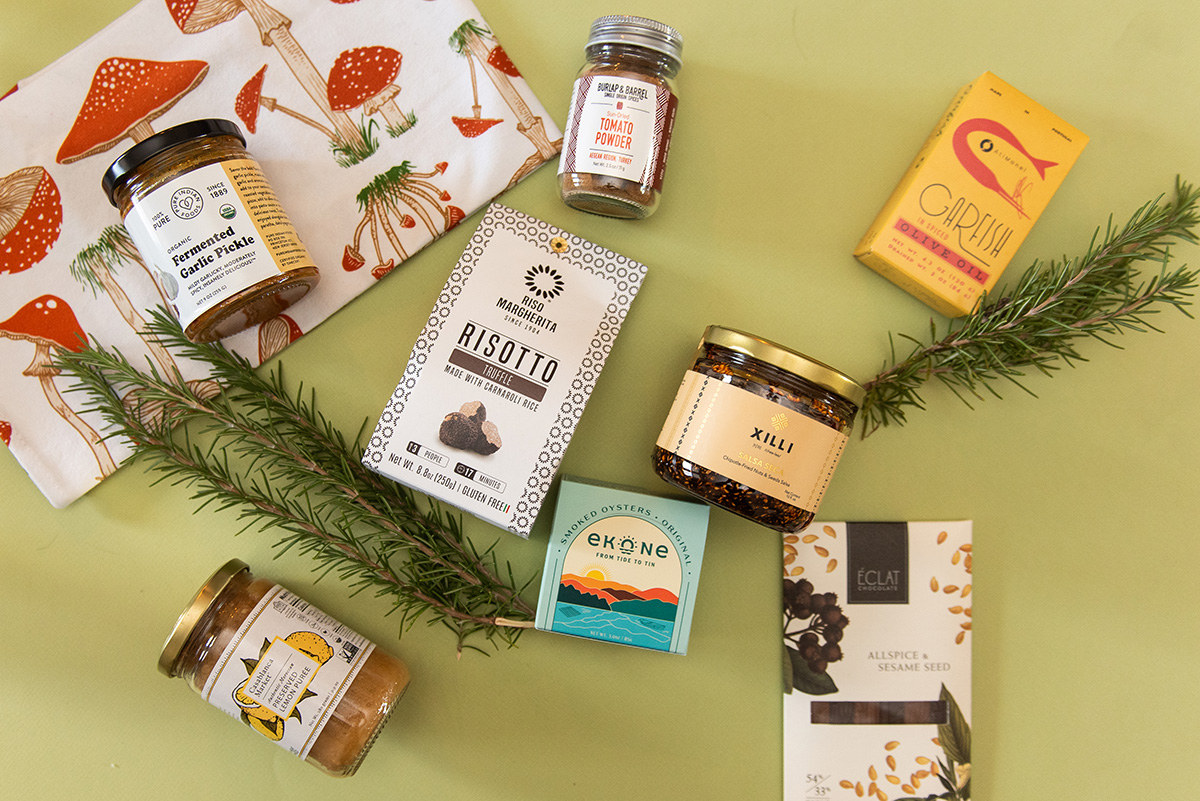
To give a touch of sweetness: The DC Landmark Chocolate Covered Oreo Holiday Cookies from Capital Candy Jar. Wrapped in a festive red bow, this box of nine cookies embraces love for Washington and the holiday season in one. Among the dark and milk chocolate covered cookies are images of the U.S. Capitol, the White House, the Lincoln Memorial, the Jefferson Memorial and festive hollies. The treat, packaged in a Hill East facility just a few blocks from the Capitol, is available for purchase online and at the DowntownDC Holiday Market. ($23.95)
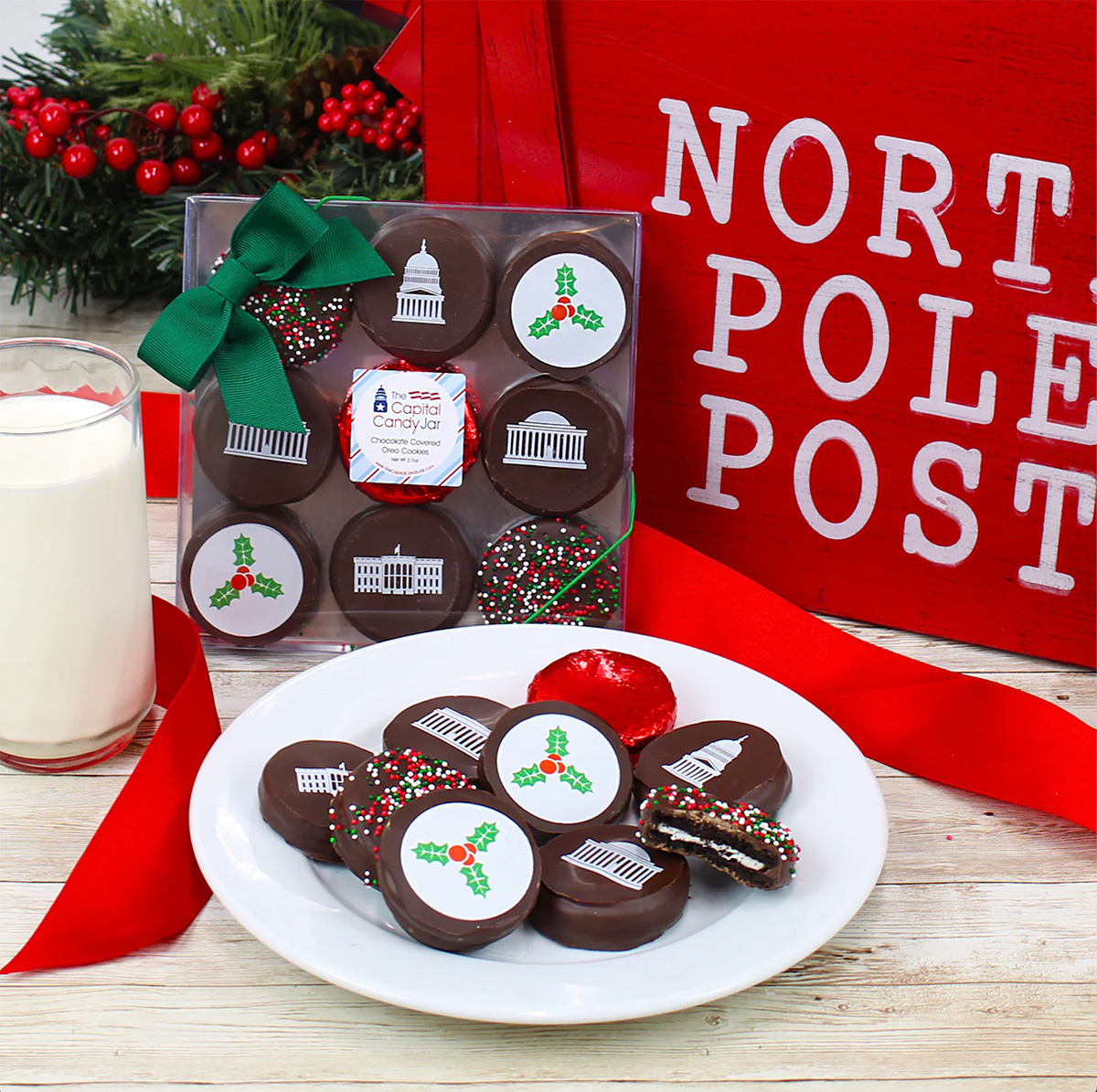
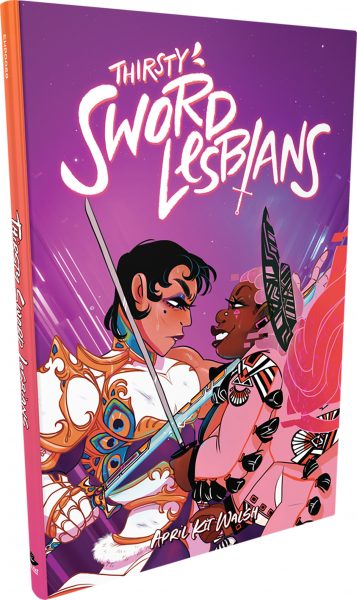
To celebrate queer gaming: Thirsty Sword Lesbians from Labyrinth Games & Puzzles. This roleplaying game embraces lesbian culture by unlocking a world of swords, romance, and battle. Ideal for group settings, the book presents a system of world building and character identities that are best brought to life by creative minds. Labyrinth, which has been a local Washington business for more than 15 years, celebrates non-digital fun through games and puzzles that connect the community. This gift is offered online and at Labyrinth’s Capitol Hill location. ($29.99)
To make a bold statement: The “Resist” T-shirt from Propper Topper. This locally screen-printed black tee features the Washington flag designed within a raised fist, symbolizing both Washington pride, and political resistance. The shirt is made exclusively by Propper Topper, a local Washington business that evolved from a hat shop to a gift store since opening in 1990. The tri-blend unisex shirt is available both for pickup at Propper Topper’s Cathedral Heights location and shipping via the online site. ($32)
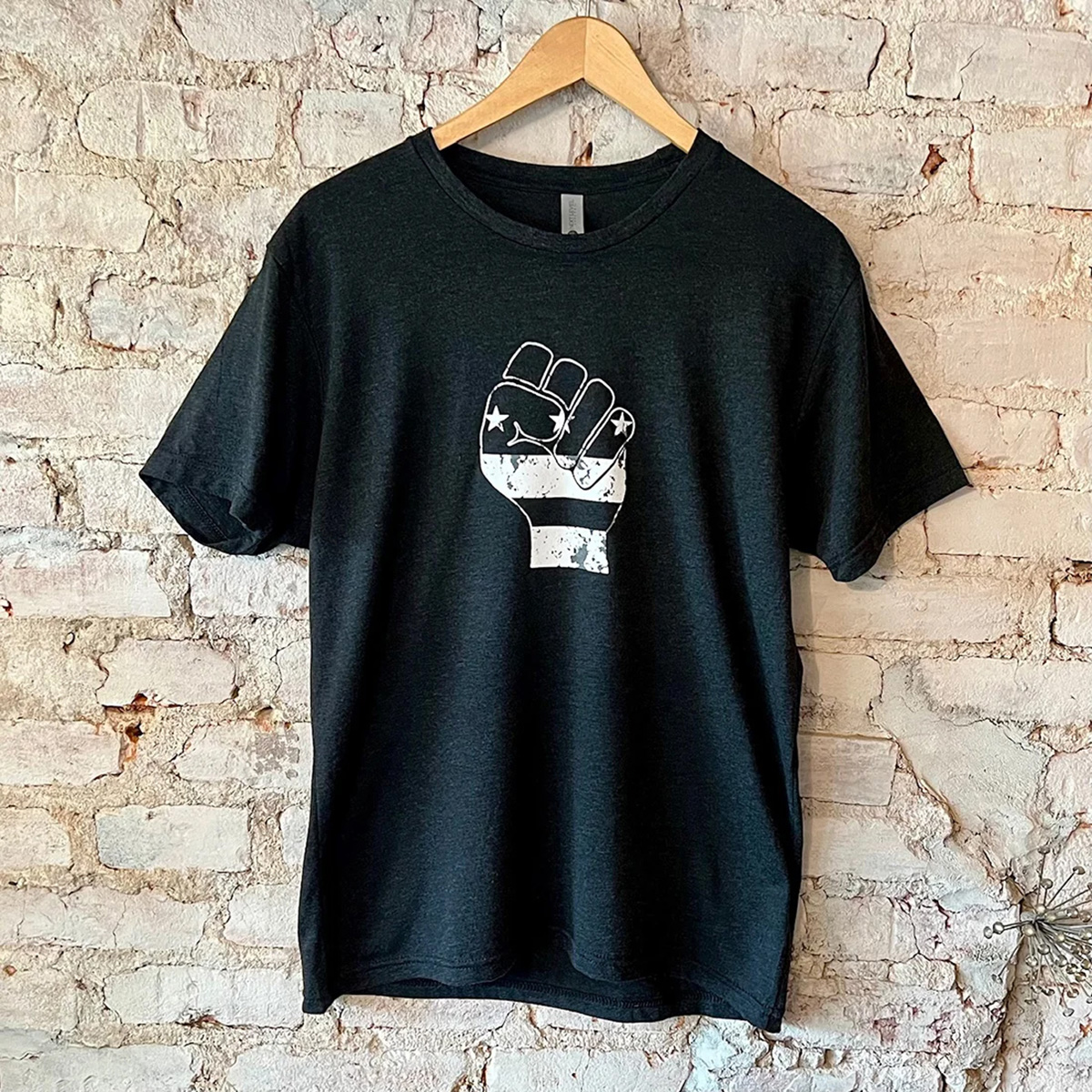
To keep it c(g)lassy: The Glass Ball earrings from Blue Moon Aquarius. Gifting can rarely go wrong when it comes to a new pair of earrings. The unique statement earrings — made of polymer clay, glass, and 18k gold plating over surgical steel — are hand cut, sanded and assembled in Washington, meaning each set is unique. Blue Moon Aquarius, a local brand, is known for its small batch jewelry and home decor designed with clay materials. Available in oxblood, hunter green, lavender, and bluestone color palettes, these earrings are available for purchase on Blue Moon Aquarius’ website and at the DowntownDC Holiday Market. ($48)
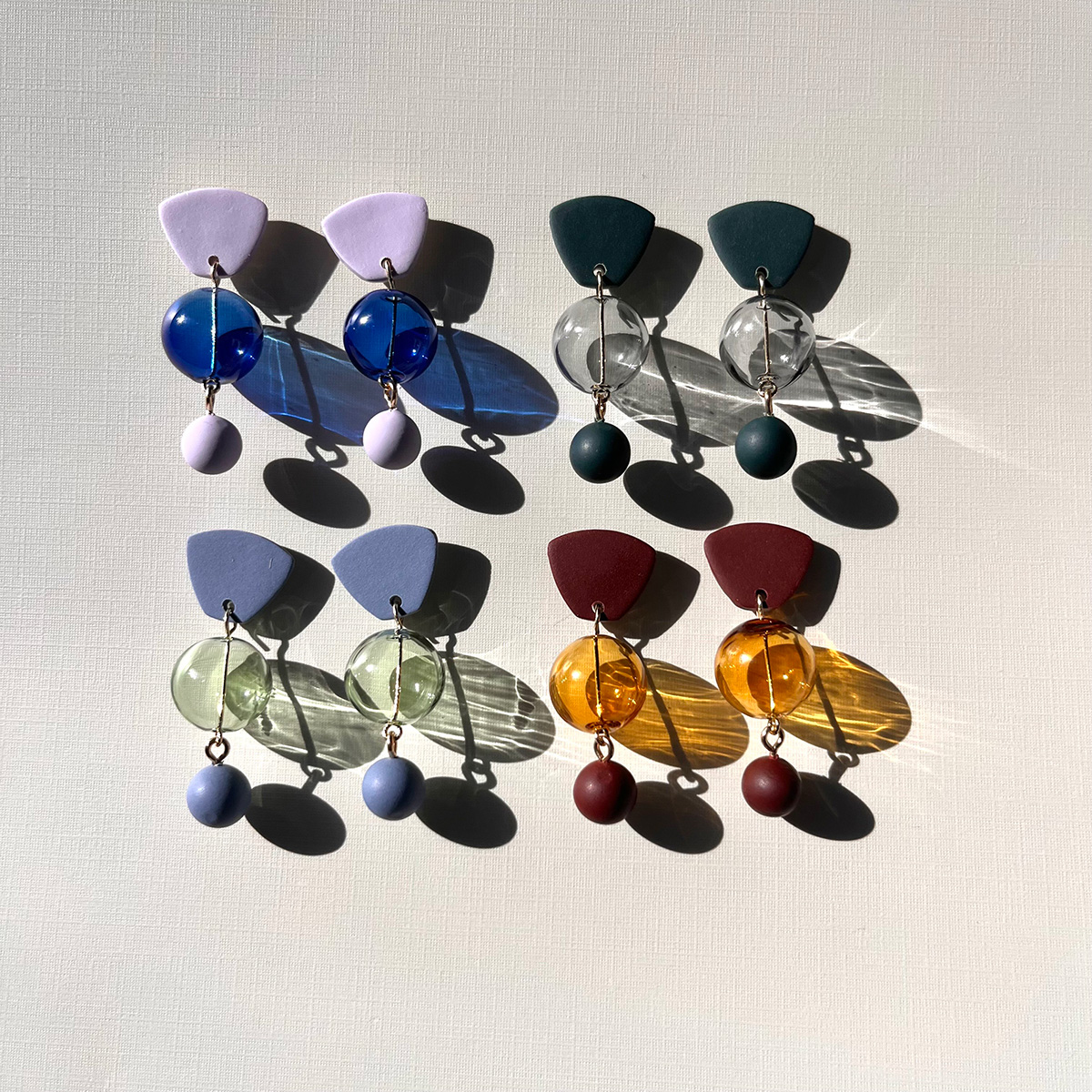
To elevate a holiday tea or charcuterie party: The Honey Flight: Tea Lover’s Selection from BannerBee. This local honey company presents the ideal gift to make cozying up with a cup of tea slightly more special. The Honey Flight contains three types of raw wildflower honey infused with fair trade Ugandan vanilla bean, chai spices, and locally sourced lemon thyme herb. The gift is also an opportunity to uplift a family company based in the Mid-Atlantic that offers all-natural, sustainable products. The flight is available online, at the DowntownDC Holiday Market or at the Arlington Courthouse and Dupont Farmers’ Markets. ($36)
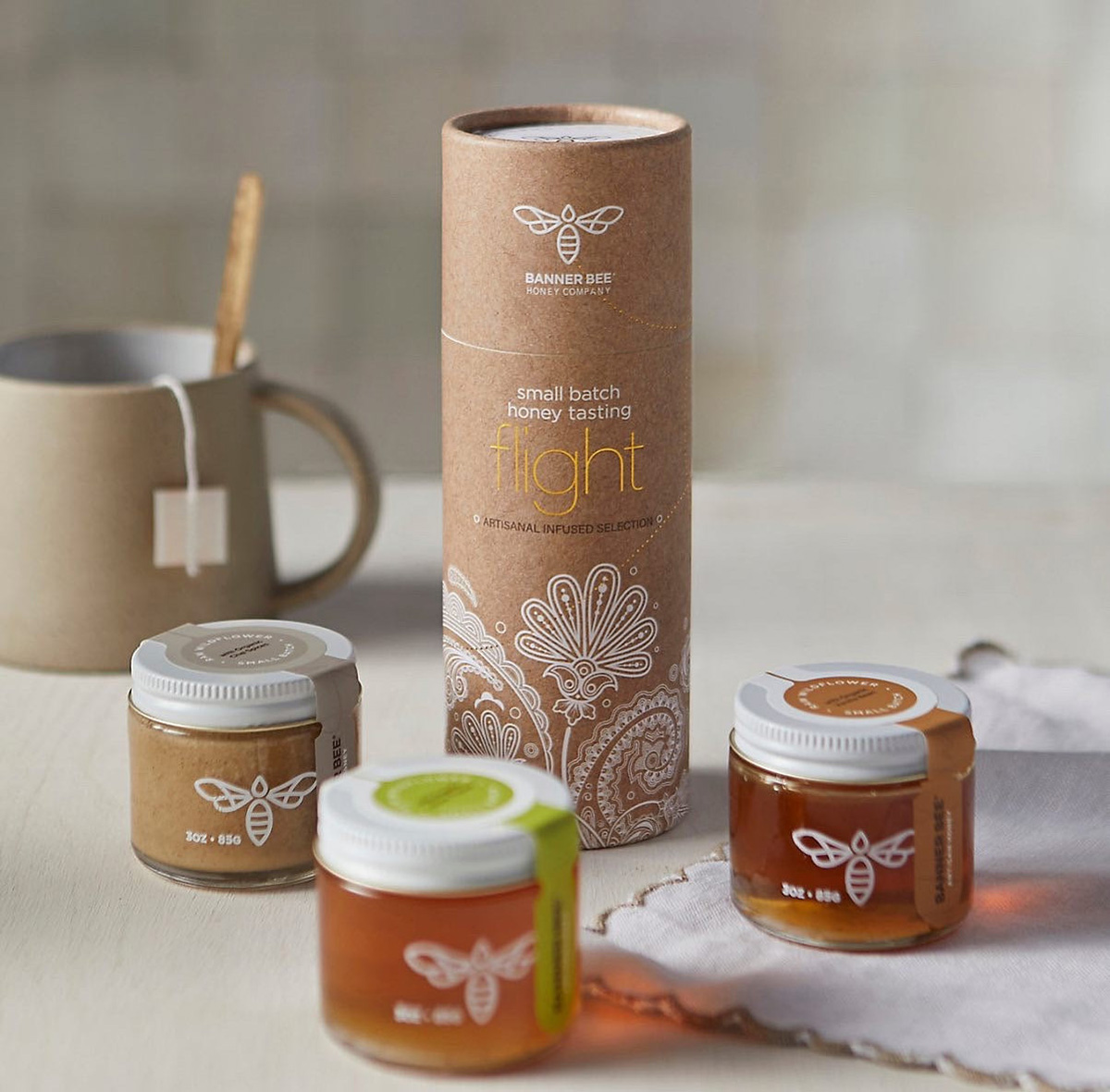
For Baltimore shoppers: If you’re in Charm City, don’t miss Balston Mercantile, opened by a gay couple in June. Their gorgeous shop in the Hampden neighborhood offers an array of unique, upscale finds, from barware and artwork to cookbooks and home decor and more. (849 W. 36th St.)
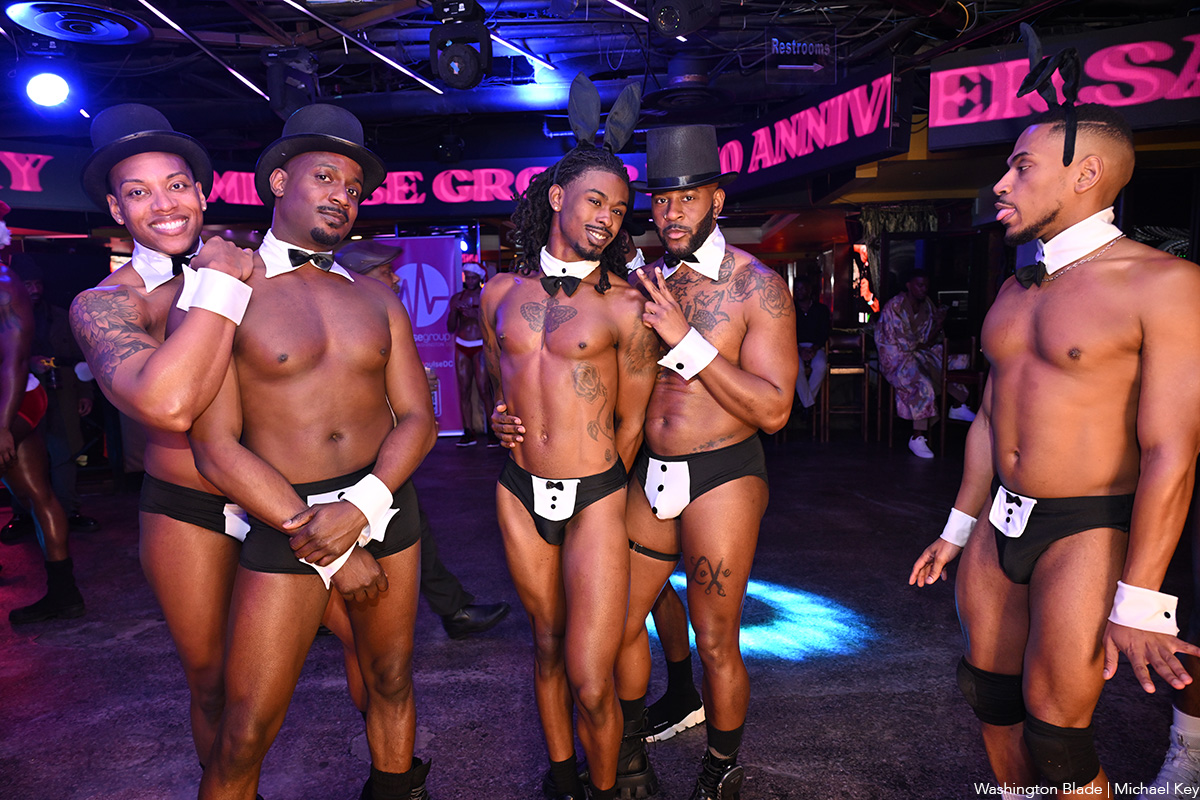
Impulse Group DC held “10’s Across the Board: A Celebration of 10 Years” at Bravo Bravo (1001 Connecticut Ave., N.W.) on Sunday, Dec. 14. Impulse Group DC is a volunteer-led 501(c)(3) and affinity group of AIDS Healthcare Foundation dedicated “to engaging, supporting, and connecting gay men” through culturally relevant health and advocacy work.
(Washington Blade photos by Michael Key)
